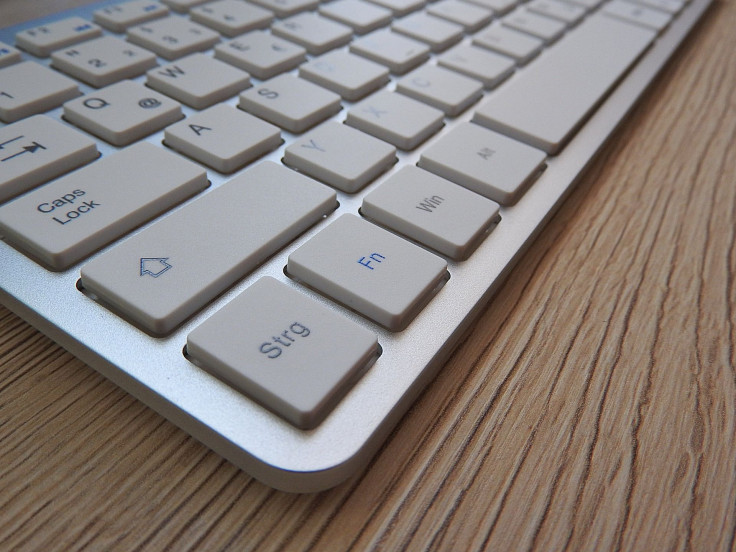6 Ways Your Desk Job Is Killing Your Body, From Blood Clots To Back Pain

In some ways, a desk job seems pretty safe. In most office workers’ immediate vicinities, there are no rushing cars, swinging machines or hazardous materials. But physical safety and health safety are not one and the same — people who work long hours at desks can develop all sorts of medical issues.
Into the tunnel
Perhaps the most famous health consequence of a desk job is carpal tunnel syndrome, which causes numbness, weakness and pain in the hand, wrist and arm due to your desk posture and keyboard use compressing a nerve. The National Institute of Neurological Disorders and Stroke notes that the “carpal tunnel” specifically refers to “a narrow, rigid passageway of ligament and bones at the base of the hand. The median nerve runs through it, from the forearm to the palm, and controls sensation in many parts of the hand.
Pain in the neck
Absentmindedly leaning toward your computer screen and constantly twisting to steady the phone between your shoulder and your ear are both things that put strain on the neck. Doing these things repeatedly over time can “lead to permanent imbalances” in the neck’s vertebrae, according to the Washington Post. Slouching also affects the spine the rest of the way down the line, to the shoulders and the back.
Written in blood
Sitting still in a confined space for a long period can cause blood clots deep in the veins of the legs — a deep vein thrombosis — that sometimes can break off, travel to the lungs and become fatal, the Centers for Disease Control and Prevention say. Most often affected are people who travel on long-distance flights, but the description could also potentially match some people with jobs at physically confining desks. “If you sit for 90 minutes or more at a desk, the blood flow behind your knees decreases by 50 percent, significantly increasing the chance,” Beverley Hunt, a haematology consultant at Guy’s & St Thomas’ Hospitals in London, told the Daily Mail. The publication also noted that other people who suffered from deep vein thrombosis without long-term traveling were those who sat for long hours in air-raid shelters during World War II.
Spine is not fine
Sitting for long periods of time can harden and squash different parts of the spine. The Washington Post says the soft discs between the vertebrae in your backbone “expand and contract like sponges, soaking up fresh blood in nutrients,” but become unevenly contracted during long-term sitting. The tendons and ligaments up and down the spine also become hardened.
Throw me a bone
Not having enough physical activity through the day weakens the bones and can ultimately lead to osteoporosis, a condition in which your bones are much easier to break. The National Institutes of Health say the bone disease is hard to detect, so some people don’t even know they have it until they break something. But things as simple as climbing stairs, walking and dancing could help stave off osteoporosis.
Unfit
The Mayo Clinic links sitting for long periods of time with obesity and metabolic disorders like high cholesterol, blood sugar and blood pressure. Those conditions come with their own sets of dangers, such as cardiovascular disease. “The muscle activity needed for standing and other movement seems to trigger important processes related to the breakdown of fats and sugars within the body,” the article says. “When you sit, these processes stall — and your health risks increase. When you're standing or actively moving, you kick the processes back into action.”
Published by Medicaldaily.com



























